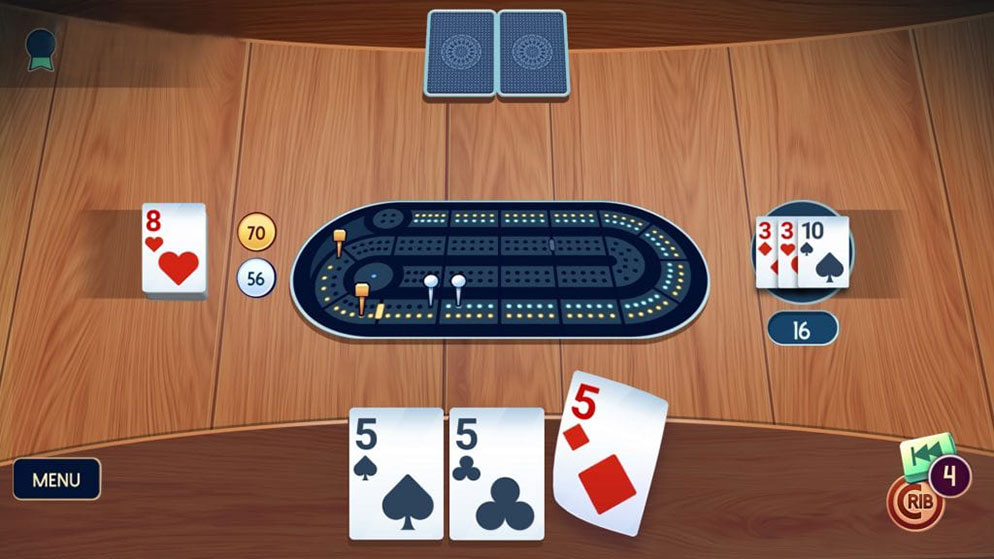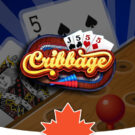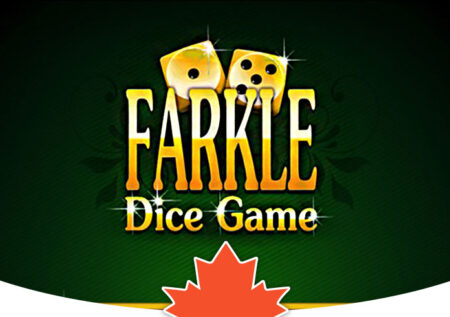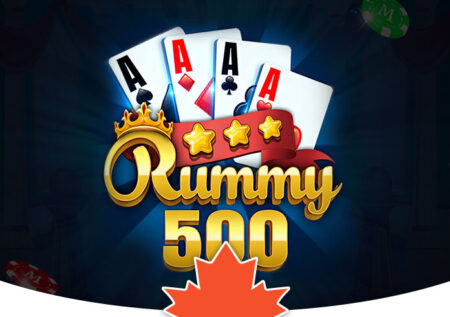
Cribbage is a traditional card and board game played in all corners of the globe, including Canada. The main difference with standard Cribbage is that Canadians like to give their own twist to games of chance and this also holds for Cribbage.
With Canadian Doubles Cribbage rules, every hand just gets a bit more exciting as this guide is focused on trusting your gaming partner’s moves. We’ll explain why. After reading this guide you will understand both the cribbage rules and why this Canadian version is considered to be so much more entertaining than the standard version of the game.
In short: how to play crib card game
Canadian Doubles Cribbage changes the way each hand begins. The game is played on a 2-track or 3-track Cribbage board by 4 players consisting of 2 sets of partners. The deck is placed in the middle of the Cribbage board after which each player will cut the deck. The dealer is the one with the lowest card. In case of a tie, the players will need to cut once again. The deck is then shuffled, followed by an optional cut by the player seated on the right of the dealer.
- The dealer deals 10 cards to the Pone, the lead player, seated on the left, and gives himself or herself 10 cards, changing one card at a time per player. Their partners don’t receive cards at this time.
- The Pone and dealer then take a close look at their cards. From the 10 cards available in the game, they will need to have two complete 4-card hands.
- The Pone keeps one 4-card hand and passes the other one to the partner. The other two cards will then be discarded to the Dealer’s Crib.
- The Dealer repeats the same steps, keeping 4 cards, passing 4 to his or her partner, and discarding two to the crib.
- From now on, standard Doubles Cribbage rules apply.
Official cribbage rules
To begin the game, one player will need to cut the deck and flip the top card face up on top of the deck. This is what’s called the Starter Card. If this card is a Jack, the player who cuts will receive 2 points. Some Cribbage games leave this task to the dealer, but more often, it’s the Pone who performs the starter cut. If no cuts are made before the deal, the player seated on the right of the dealer will make the starter cut. The whole idea of Canadian Doubles Cribbage is to reach 121 points as soon as possible. In order to do so, partners will need to share the same peg for scoring purposes. During the game, the score is determined by pegging, or earning points to move the peg forward on the board.
Pegging Points
The score is generated by pegging or earning points by moving the peg forward on the board. There are different ways of scoring points when it comes to pegging play. Pegging is played by alternating clockwise, with each player playing one card from their hand, commencing with the Pone. A running total of all card values is then kept throughout the game. Aces are valued 1, Face cards are 10, and all number cards are valued according to their respective number. The value can’t exceed 31 and will be reversed to zero if the value of 31 is reached.
| Combination | Number of points | More info |
| Total: either 15 or 31 | 2 | The total value of cards face up equals either 15 or 31 |
| Pair | 2 | Pair of same value cards face up (for example J-J) |
| Trio | 6 | Three same value cards (for example 9-9-9) |
| Quad | 12 | Four same value cards (for example Q-Q-Q-Q) |
| Run | Number of cards in run | Card sequence (for example 2-3-4-5) |
| GO | 1 | Can’t play without exceeding 31; player must say “Go” |
| Last Card | 1 | Goes to the player who plays the last card. |
Hand Counting
Once all cards are played, each player at the table will need to take his or her hand and count up all possible points made. The Starter Card that was played when the round started is also used by each player, giving a 5-card hand to work with. As with pegging, there are various ways to earn points with card combinations. We have listed these below:
| Combination | Number of points | More info |
| Total: 15 | 2 | Card combinations that total 15 (for example 5-10, 7-8, 1-4-10) |
| Pair | 2 | Pair of same value cards face up (for example J-J) |
| Set | 6 | Three same value cards (for example 9-9-9) |
| Quad | 12 | Four same value cards (for example Q-Q-Q-Q) |
| Run | Number of cards in run | Card sequence (for example 2-3-4-5) |
| Four Flush | 4 | All 4 cards are same suit |
| Five Flush | 5 | All cards + Starter Card are same suit |
| Nobs | 1 | Hand contains the same-suit Jack as the Starter Card |
Crib Counting
The crib, including the 4 cards discarded at the start of the hand, is taken up by the dealer. The dealer will make use of the same scoring points and combinations as mentioned above in Hand Counting to add up any additional points. As it’s only the dealer collecting points from crib counting, the term ‘Dealer’s Crib‘ is often used here.
How to win Card game cribbage
The first pair to reach the end of the Cribbage board with 121 points wins the card game cribbage. If a hand ends without either team reaching the end, a new hand will start. If you want to learn more about Canadian games of chance, make sure to check out our guide on Canadian Sergent Major or Canadian Euchre as we’re here to help Canadian players.



